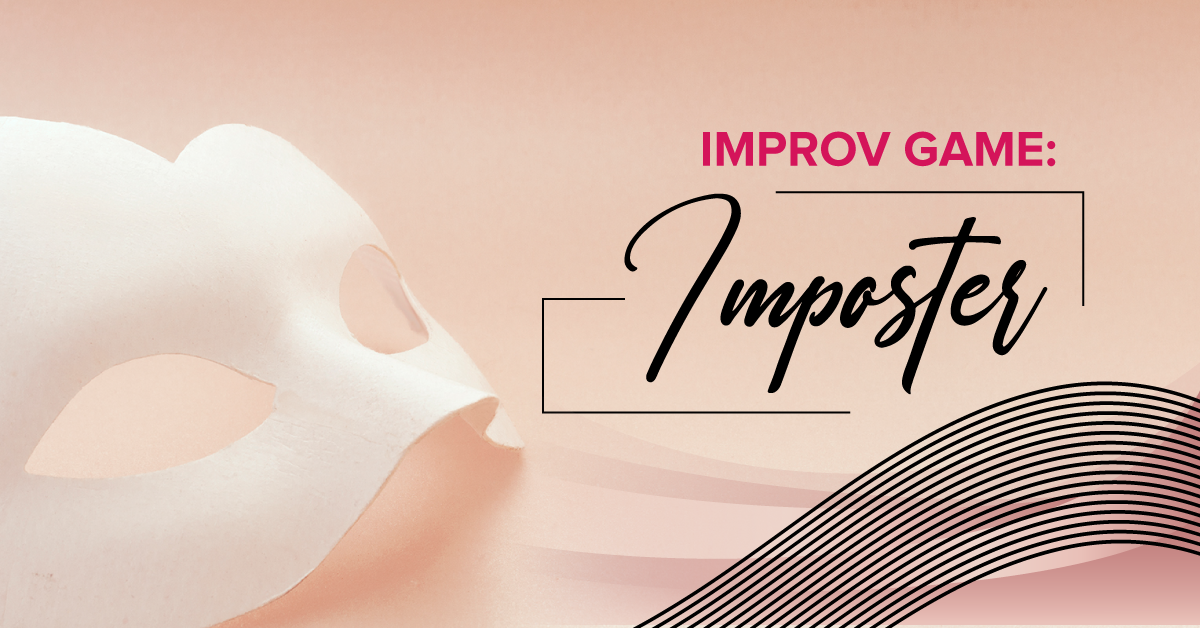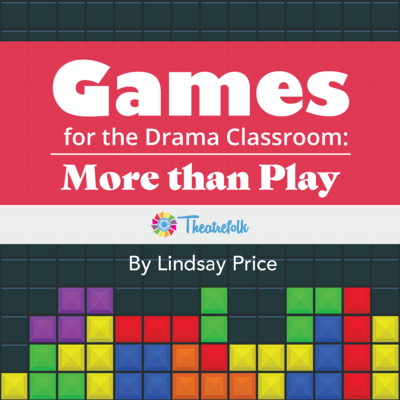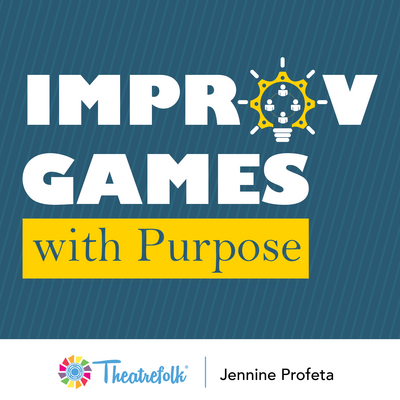Theatre Game: Origin Story
The following theatre game is a variation of the exercise “The 20 Step Process“. In The 20 Step Process, students are challenged to make a simple task comically complicated. In Origin Story, students separate the aspects of one seemingly simple task and explain how each part came to be. Students will see (in an exaggerated fashion) how so many different parts go into a seemingly simple task. Making a peanut butter sandwich has never been so epic!
Instructions
1. Divide students into small groups of three to four.
2. Choose a simple, everyday task, such as making a peanut butter and jelly sandwich, for the entire class to work on. Other ideas might include brushing your hair with a hairbrush, deciding what to wear in the morning, painting a picture, or taking a photograph with a film camera.
3. Separate the task into as many parts as there are groups. With the PBJ example, you might suggest bread, peanut butter, jam, knife for spreading, plate for serving, jars to hold the jam and peanut butter, and fridge or cupboard to hold the ingredients.
4. Assign each group one part and have them come up with a fanciful origin story of where that item came from and how it came to be part of that moment.
For the peanut butter sandwich example: Where did the peanut butter come from? How was the knife that spread the peanut butter on the sandwich made? What kind of bread is being used, and how did that particular loaf end up in that particular kitchen at that moment?
5. In their assigned groups, students will create a brief scene, performing their portion of the origin story. The group will be responsible for writing a script, casting the roles, developing interesting and engaging characterizations, and blocking the scene. Scenes must be at least one minute long but no longer than two minutes. Use a timer — if scenes are too short, they’ll need to be expanded; if they’re too long, they’ll need to be tightened or edited down.
6. Determine a running order, and have each group present their scene for the rest of the class.
7. Upon completion of all the scenes, groups will submit their written script, and each student will submit a completed exit slip (found below).
Optional: You can make these scenes into a full production. Create a simple framework, such as you (in character as the teacher) getting ready to do the task. For example, you might start with, “I was sitting down in my office to eat a PBJ sandwich when a thought crossed my mind…” and end with taking a bite of the sandwich. Feel free to add lines in between scenes as transitions, or keep it simple with just an intro and outro.
Related Articles
Games for the Drama Classroom: More Than Play
by Lindsay Price
A collection of games and activities that go well beyond the notion of "play."
Improv Games with Purpose
by Jennine Profeta
Improv games including feedback suggestions and questions, game variations, teaching tips, side coaching tips, entry prompts, exit slip questions, and more!





